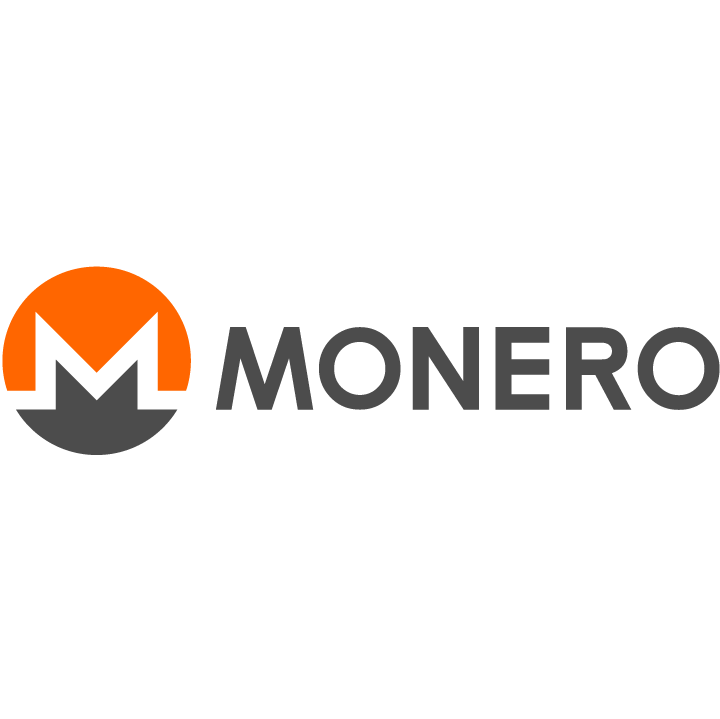What are Monero atomic swaps and how do they work?
Monero is a decentralized cryptocurrency that provides users with a high degree of privacy and anonymity. Atomic swaps are a new technology that allows for the exchange of different cryptocurrencies without the need for a centralized exchange. We’ll explore Monero atomic swaps and how they work.
What are atomic swaps?
Atomic swaps are a technology that allows for the exchange of different cryptocurrencies without the need for a centralized exchange. The goal of atomic swaps is to provide a decentralized and trustless way to exchange cryptocurrencies. In order to understand how Monero atomic swaps work, it’s important to understand how atomic swaps work in general.
An atomic swap is a process in which two parties exchange cryptocurrencies without the need for a third party or a centralized exchange. The process of an atomic swap involves creating a smart contract between two parties. This smart contract contains the details of the exchange, including the amount of cryptocurrency being exchanged and the exchange rate. Once the smart contract is created, both parties send their cryptocurrencies to the contract. If both parties agree to the terms of the contract, the cryptocurrencies are exchanged.
How do Monero atomic swaps work?
Monero atomic swaps work in a similar way to other atomic swaps. However, there are some additional considerations because of Monero’s privacy and anonymity features. Because Monero transactions are encrypted, it can be more difficult to verify the transaction on the other side of the atomic swap. To address this, Monero atomic swaps use a technique called Hash Time-Locked Contracts (HTLCs).
HTLCs are a type of smart contract that allows for the exchange of cryptocurrencies without the need for a trusted third party. The basic idea behind an HTLC is that both parties must agree to the terms of the contract before the transaction can take place. Once the terms of the contract are agreed upon, both parties send their cryptocurrencies to the contract. If both parties agree that the terms of the contract have been met, the cryptocurrencies are exchanged.
Monero atomic swaps also use a technique called the cross-chain validation. This is a process in which both parties verify that the other party has sent the correct amount of cryptocurrency to the contract. This process ensures that both parties are honest and that the transaction is valid.
